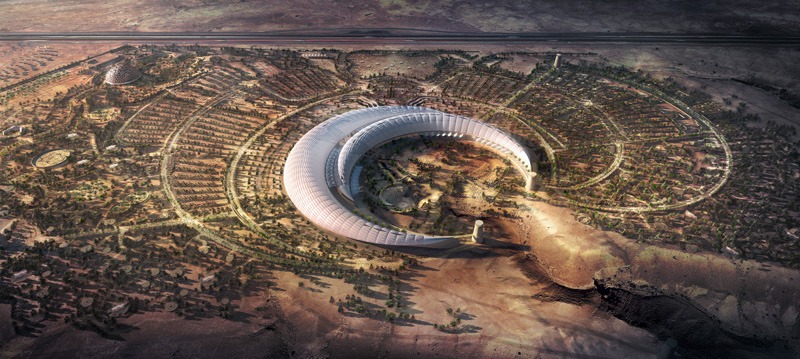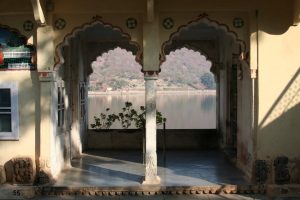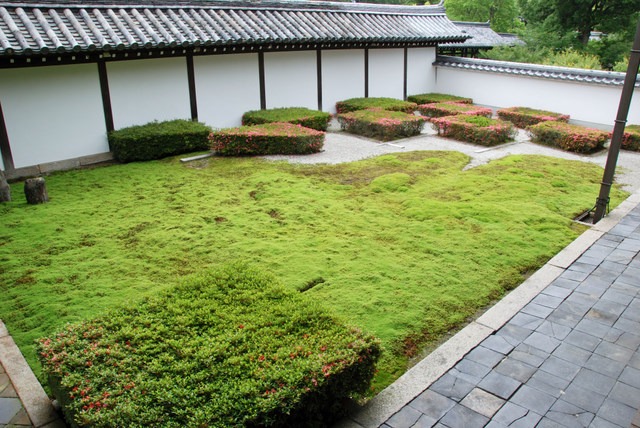 Having slagged off the design of their capital city, I am only too pleased to congratulate the Saudis on the design of a new Botanic Garden. It reminds me of a photograph from the Hubble Space Telescope – perhaps of a swirling galaxy. This is highly appropriate for a garden which looks back to the origins of life on earth and forward to a more sustainable future. Siteworks began in 2008 and the expected construction period is 3 years.
Having slagged off the design of their capital city, I am only too pleased to congratulate the Saudis on the design of a new Botanic Garden. It reminds me of a photograph from the Hubble Space Telescope – perhaps of a swirling galaxy. This is highly appropriate for a garden which looks back to the origins of life on earth and forward to a more sustainable future. Siteworks began in 2008 and the expected construction period is 3 years.
The landscape architect and project team leader for the King Abdullah International Gardens was Nick Sweet of Barton Willimore. Some 150 hectares of the 160 ha site will be planted with indigenous species. They will be watered only by stormwater outlets and treated sewage effluent generated on site. All the power will be solar, all wastes will be recycled and 93% of the construction materials (by volume) will be obtained from the site (rock, stone, gravel, soil). Only electric vehicles charged from the solar array on site will be used for visitors. What more could one ask? I have every hope of it becoming that rarest of rare delights: an excellent work of landscape architecture.
PS to King Abdullah: next time Saudi Arabia needs a New Town – make sure the design team is led by a landscape architect. You can expect the most favourable benefit: cost ratio for any project in your Kingdom’s recent history.



 More design (cities, architecture, landscapes, gardens etc) should be more context-sensitive:
More design (cities, architecture, landscapes, gardens etc) should be more context-sensitive:
